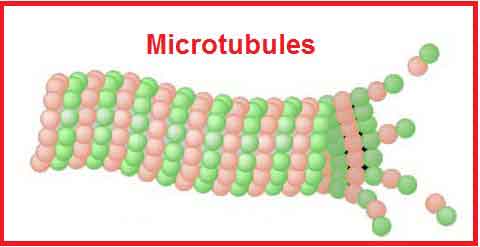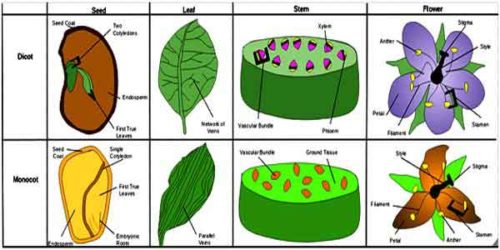Gibberellin and Cytokinin
Gibberellin The gibberellin is the plant hormone that contains diterpenoids organic acid and acts as growth regulator of the plants. The fungus Gibberella fujikuroi is responsible for fooling seedling disease or bakanae disease. Eiichi Kurosawa ( a Japanese scientist) first identified this disease in 1926. Later on, Tokyo University showed that this fungus Gibberella fujikuroi … Read more


